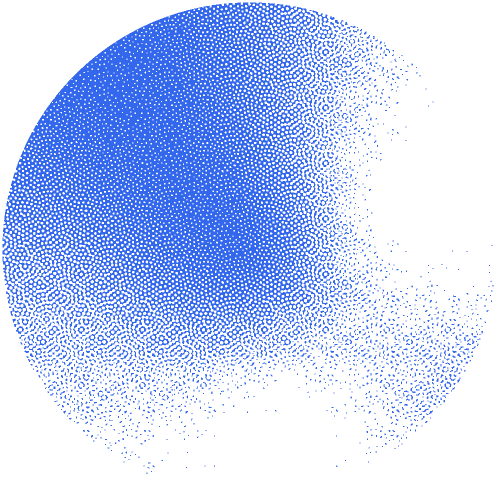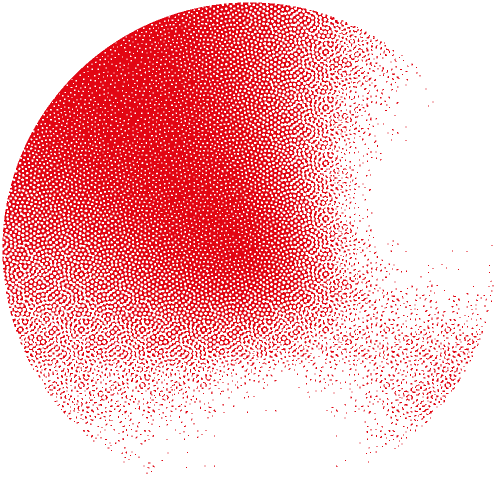

Introduction to Glycoinformatics - lectures - now on YouTube



21 May 2021



For-profit: 0 CHF
The videos of the lecture- parts 1, 2, 3 and 4 - are now on YouTube.
Overview
The word glycoprotein is often used yet the “glyco” part is hardly ever described. This is the case, for instance, with viruses in which surface spike proteins are abbreviated GP, numbered HIV GP120, but remain depicted as a smooth fist-like structure. In reality, glycan molecules decorate a broad variety of surface or secreted proteins and the literature is filled with unnoticed references focusing on the “glyco” part.
This course is an opportunity to update and extend your knowledge of glycoproteins through the use of bioinformatics resources collectively called “glycoinformatics”. We will provide an overview of the challenging questions raised by the study of glycans as non-template driven molecules and the solutions that are currently proposed to store, search, analyse and visualise the effect(s) of protein glycosylation on protein structure, function(s) and interactions. We will make use of several glycomics resources on Expasy, the Swiss Bioinformatics Portal.
Audience
This course is targeting any life scientist, from academia or industry: biologists, biochemists, from master students to advanced researchers.
Learning objectives
At the end of the course, participants will be able to:
- list examples illustrating the importance of glycosylation
- check for known glycans when dealing with glycoproteins
- make educated guesses as to the feasibility of glycoprotein-protein interactions
Prerequisites
Knowledge / competencies
This course is designed for beginners in glycoinformatics or glycomics. Experience in using UniProt is required.
Technical
This course will be streamed, you are thus required to have your own computer with an internet connection.
Application
Attendance is free-of-charge, however registration is mandatory.
You will be informed by email of your registration confirmation.
There is no limit on the number of attendees. All those who will have registered by May 21, 2021 will receive by email the information for remotely connecting to the online meeting room.
If you are interested to attend the lectures and practicals, apply here.
Venue and Time
These lectures will be streamed.
They will start every day at 9:00 CET and end at 12:00 CET.
Preliminary Schedule
Day 1:
9:00-12:00 CET
- The glycoinformatics landscape (break)
- Glycans and glycoproteins:
-- Introduction to glycomics@ExPASy
-- Glycan structure drawing software
Day 2:
9:00-12:00 CET
- Glycan-protein interactions (break)
- Glycan-binding proteins
-- Introduction to UniLectin
-- Predicting lectins in genomic data
-- A few practical examples
Additional information
Coordination: Monique Zahn, SIB Training Group.
You are welcome to register to the SIB courses mailing list to be informed of all future courses and workshops, as well as all important deadlines using the form here.
SIB abides by the ELIXIR Code of Conduct. Participants of SIB courses are also required to abide by the same code.
For more information, please contact training@sib.swiss.